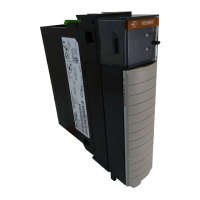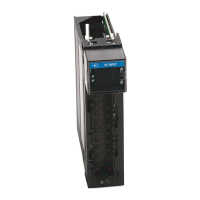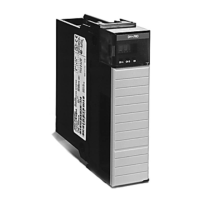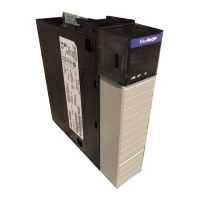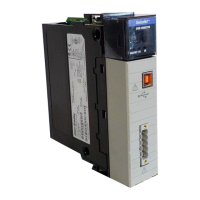Rockwell Automation Publication MOTION-UM002E-EN-P - June 2016 115
Configure Camming Chapter 8
Scaling Cams
You can use the scaling feature to determine the general form of the motion
profile with one stored cam profile. With this feature, one standard cam profile
can be used to generate a family of specific cam profiles.
Scaling works slightly differently when it is used with an MAPC instruction, in
position cam profiles, than when it is used with an MATC instruction, in time
cam profiles.
Scaling Position Cam Profiles
A position cam profile can be scaled in both the master dimension and slave
dimension when it is executed. The scaling parameters are then used to define
the total master or slave travel over which the profile is executed, as shown in
Figure 55
.
The master and slave values that the cam profile array defines take on the
position units of the master and slave axes respectively. This process occurs
when an MAPC instruction specifies a position cam profile array. By contrast,
the Master and Slave Scaling parameters are ‘unit-less’ values that are used as
multipliers to the cam profile.
Figure 55 - Cam Profile Array
By default, both the Master Scaling and Slave Scaling parameters are set to 1.
To scale a position cam profile, enter a Master Scaling or Slave Scaling value
other than 1.
If you increase the Master Scaling value of a position cam profile, it decreases
the velocities and accelerations of the profile. However, if you increase the slave
scaling value, it increases the velocities and accelerations of the profile.
Profile Scaled with Slave Scaling
Profile Scaled with Master and Slave Scaling
Profile Scaled with Master Scaling
Master Axis Position
Profile Stored in Cam Profile Array
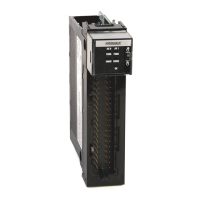
